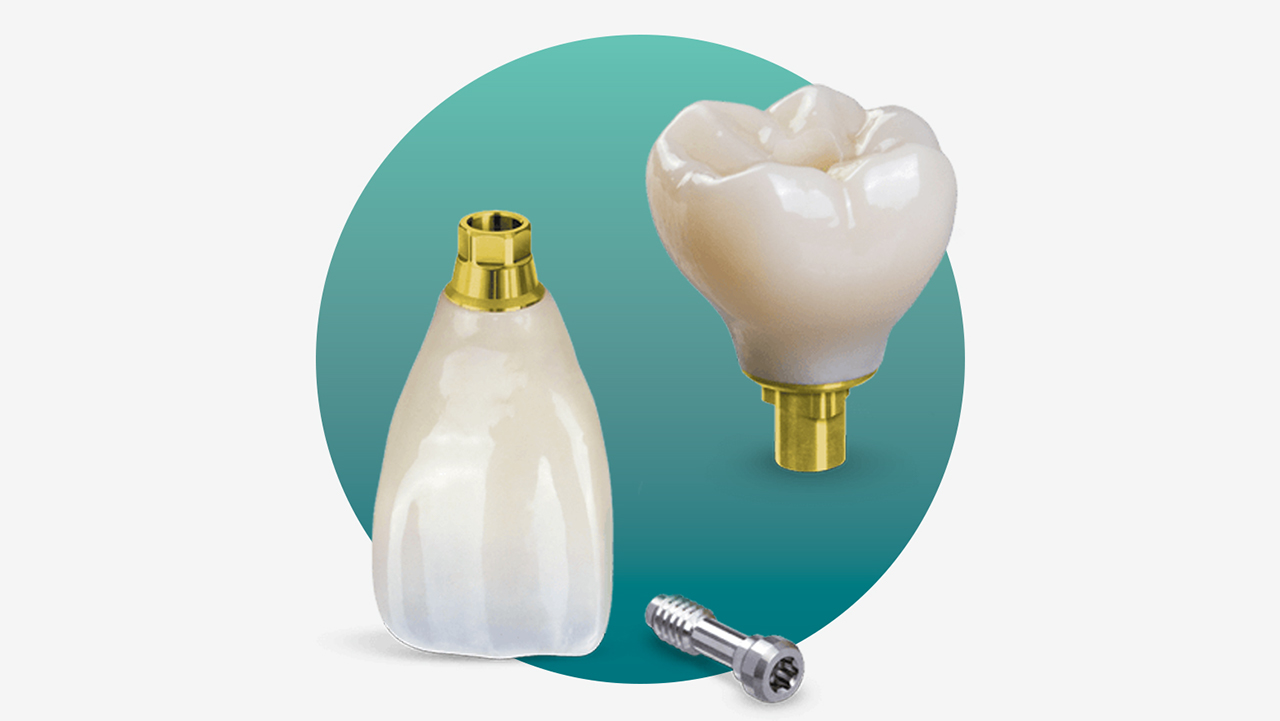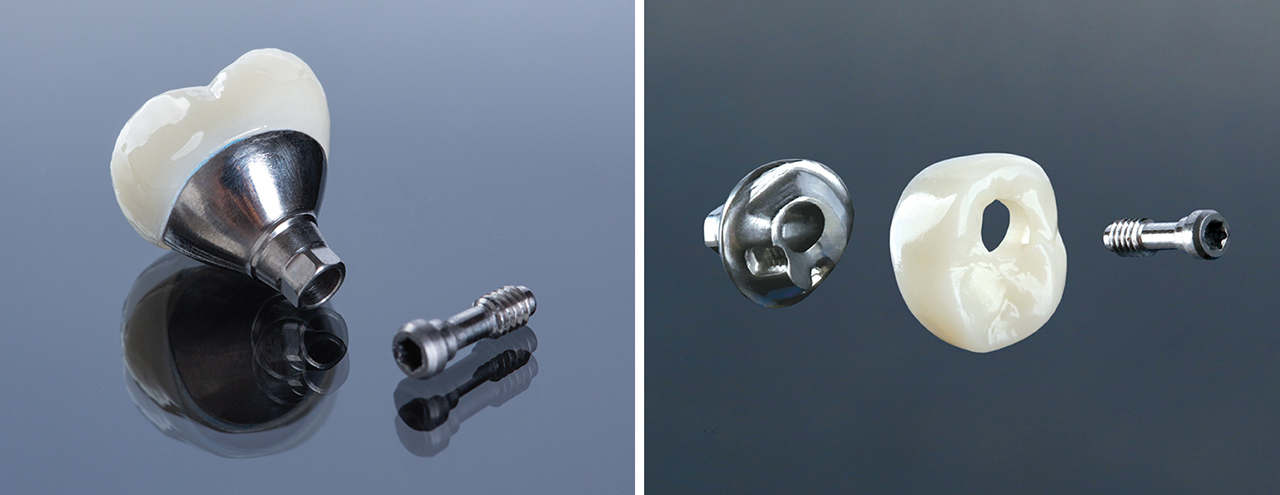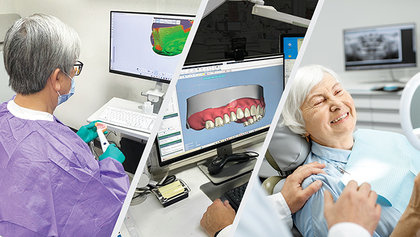While the decision to choose screw-retained or cement-retained crowns may come down to each individual case, screw-retained restorations have become the preferred choice for many clinicians due to their ease of delivery, retrievability and elimination of complications related to residual cement at the implant site. And with high-strength crowns milled with precision from restorative materials like BruxZir® Full-Strength Zirconia and BruxZir Esthetic Zirconia, clinicians are increasingly turning to screw retention for predictable, lasting results. Below are just a few key considerations in the selection and delivery of these implant restorations.
How do you know when to use a screw-retained crown versus a cement-retained crown?
Dr. Taylor Manalili: Conceptually, a cement-retained implant crown is similar to a crown over a natural tooth, which can make cement-retained restorations seem like a simpler process. In reality, this decision can depend on the available restorative space and the angle at which the implant was placed. An off-angled implant may need angle correction to prevent the access channel from coming through the facial or buccal surface. A cement-retained restoration can provide angle correction with the use of a custom abutment. Part of the evaluation includes assessing the implant in relation to the adjacent teeth — specifically, the adjacent contacts in relation to the implant connection. Evaluating this path of insertion is important for both screw- and cement-retained restorations. An implant that is placed off-angle can create a challenging path of draw; therefore, a cement-retained restoration, as they are inserted in two pieces, can provide an easier path of insertion.
Screw-retained restorations have several advantages of their own. These restorations can be utilized in areas with limited restorative space, making them perfect for posterior restorations. Screw-retained crowns are also easy to retrieve down the road if it is necessary to manage any technical or biological complications. The biggest advantage of this type of restoration is the fact that there is no intraoral cementation, and you do not have to worry about the cement cleanup. I prefer to use BruxZir Full-Strength and BruxZir Esthetic materials for my screw-retained restorations, depending on the location of the restoration and the esthetic demands of the situation. Both of these materials offer exceptional strength and are milled with high-precision CAD/CAM technology that ensures an accurate fit and smooth final delivery appointment.
Do you need more space for a screw-retained crown?
TM: When measuring the restorative space for any implant restoration, you are measuring from the implant platform to the opposing arch. A screw-retained BruxZir restoration requires a minimum of 6 mm of restorative space: 1 mm from the implant platform to the titanium base margin, with the addition of 4 mm of titanium base height and 1 mm for the BruxZir material. Other materials may require additional occlusal clearance. Cement-retained restorations require a minimum interarch space of approximately 7–8 mm: about 3 mm of soft-tissue height, a 4-mm long abutment for the proper retention form, and an additional 1 mm for the BruxZir material.










